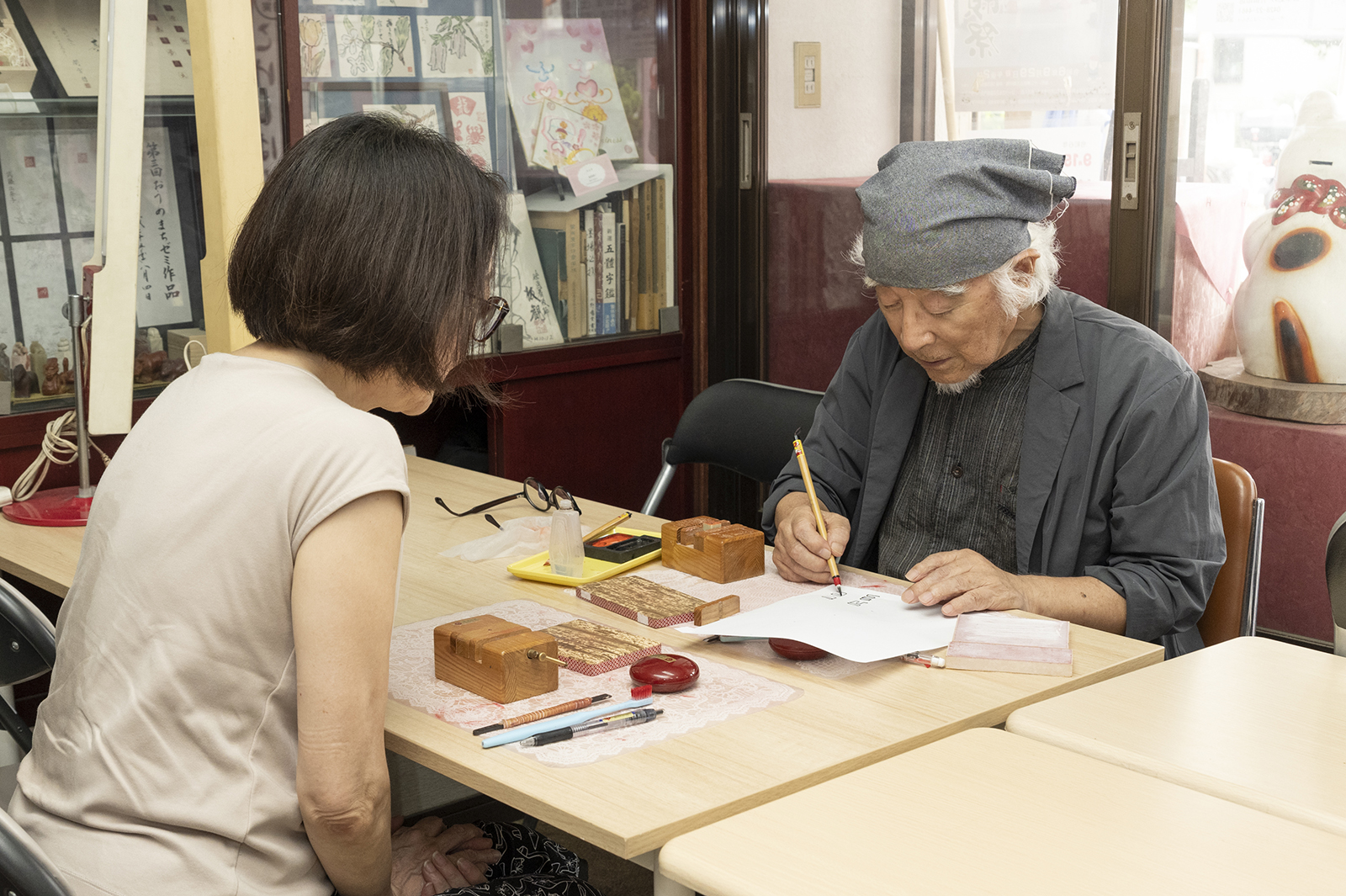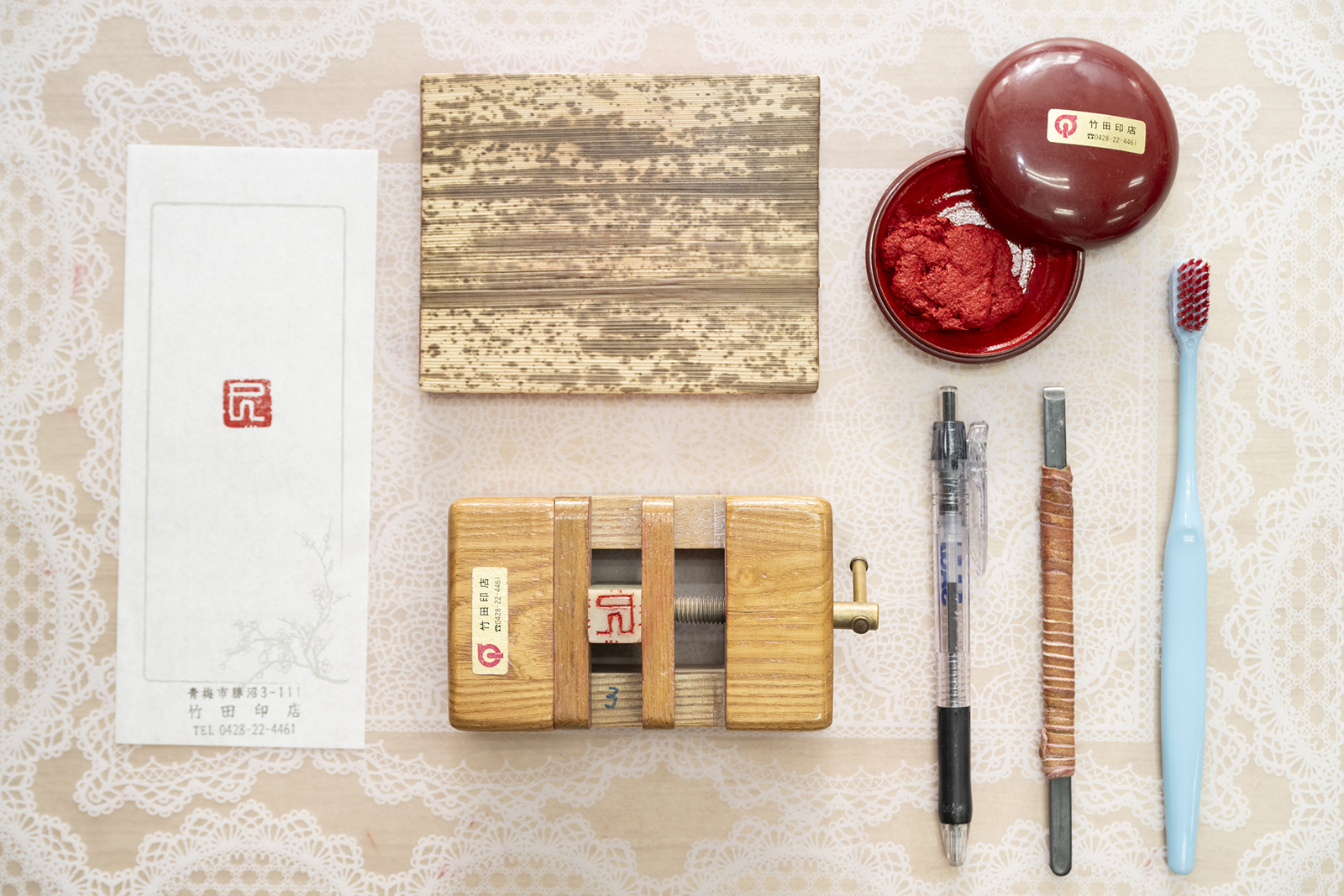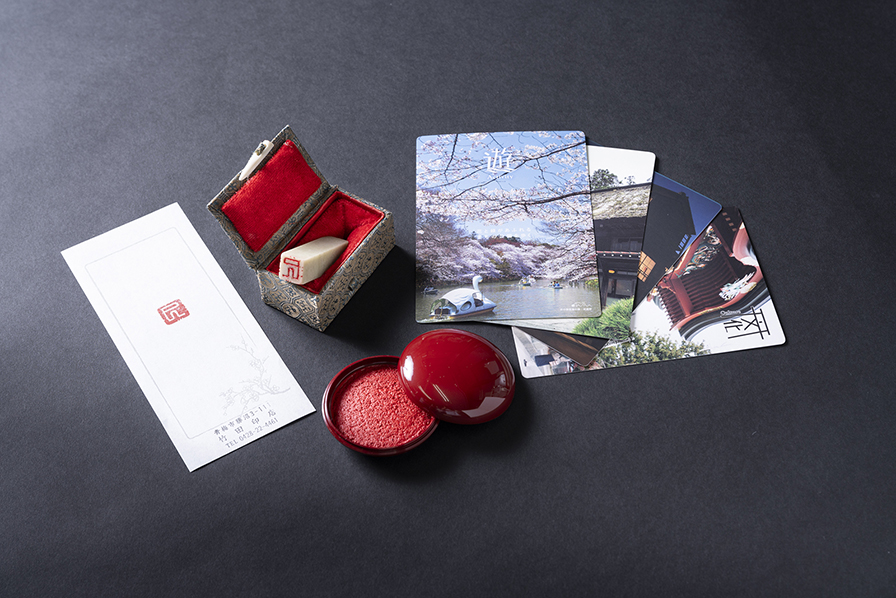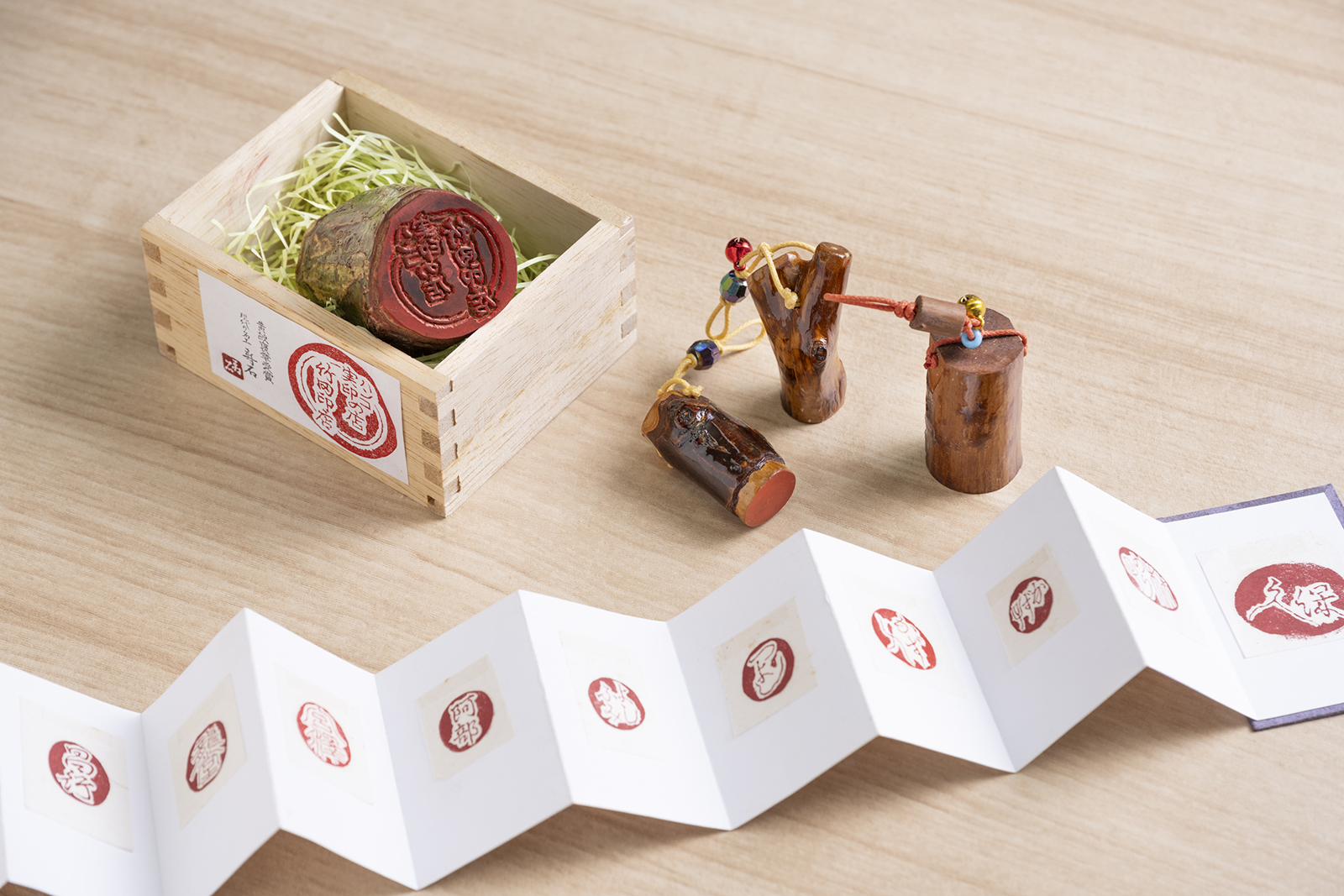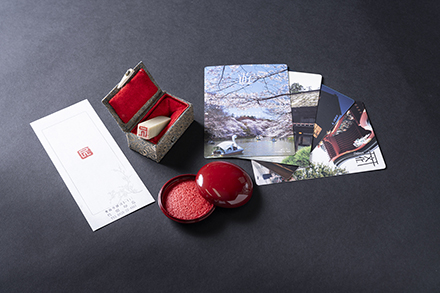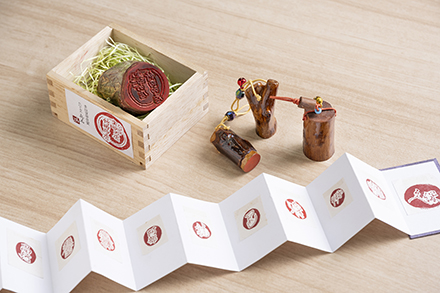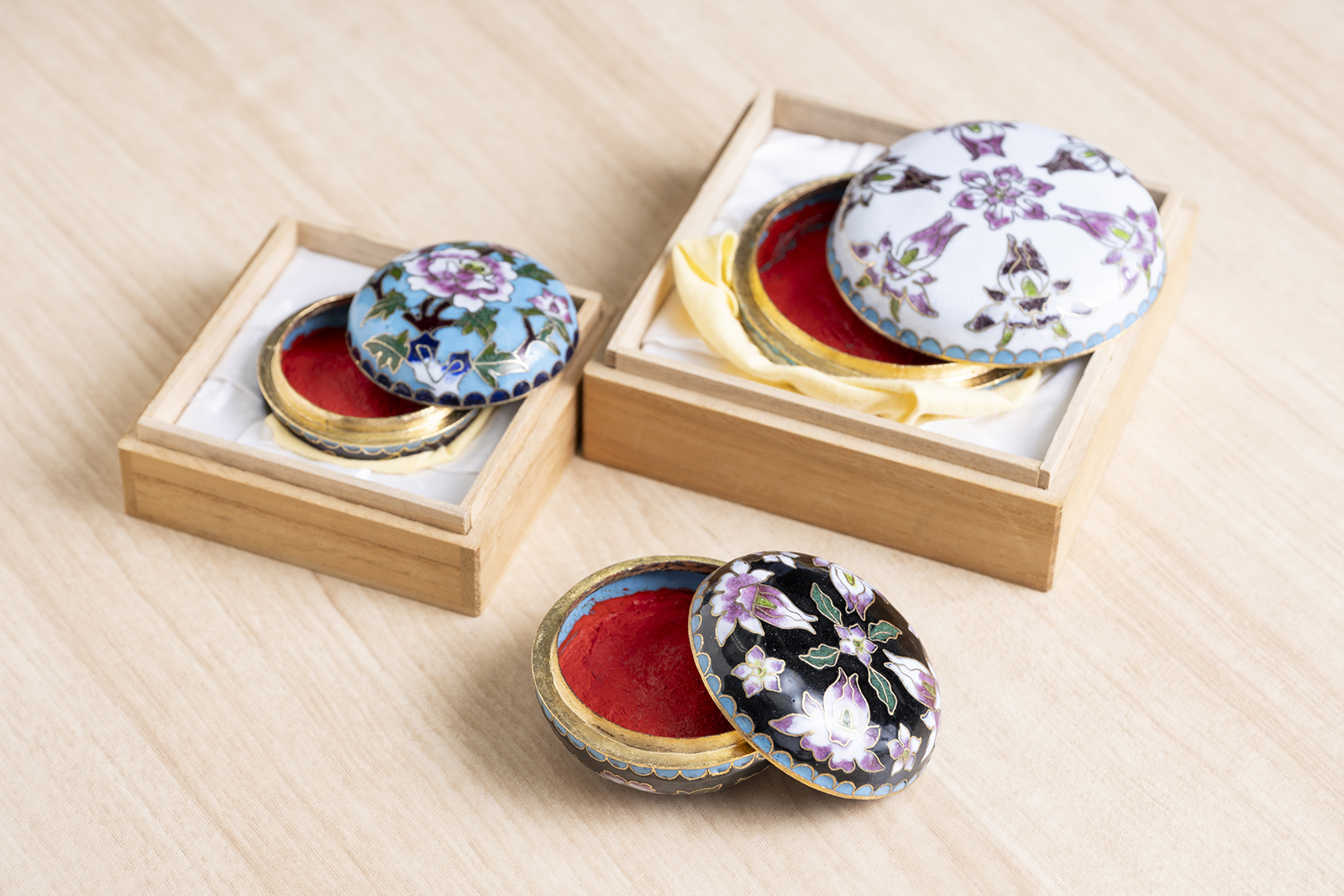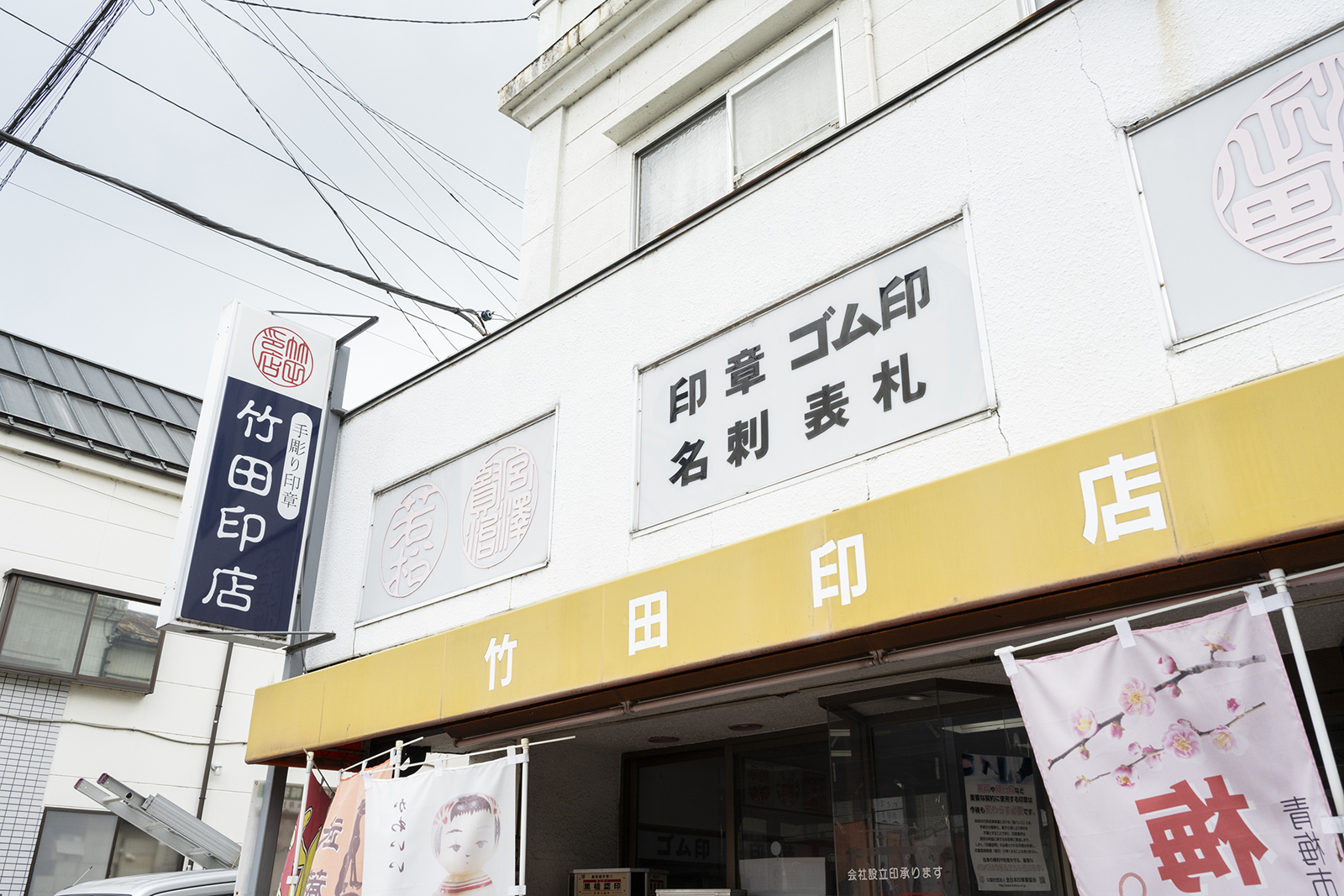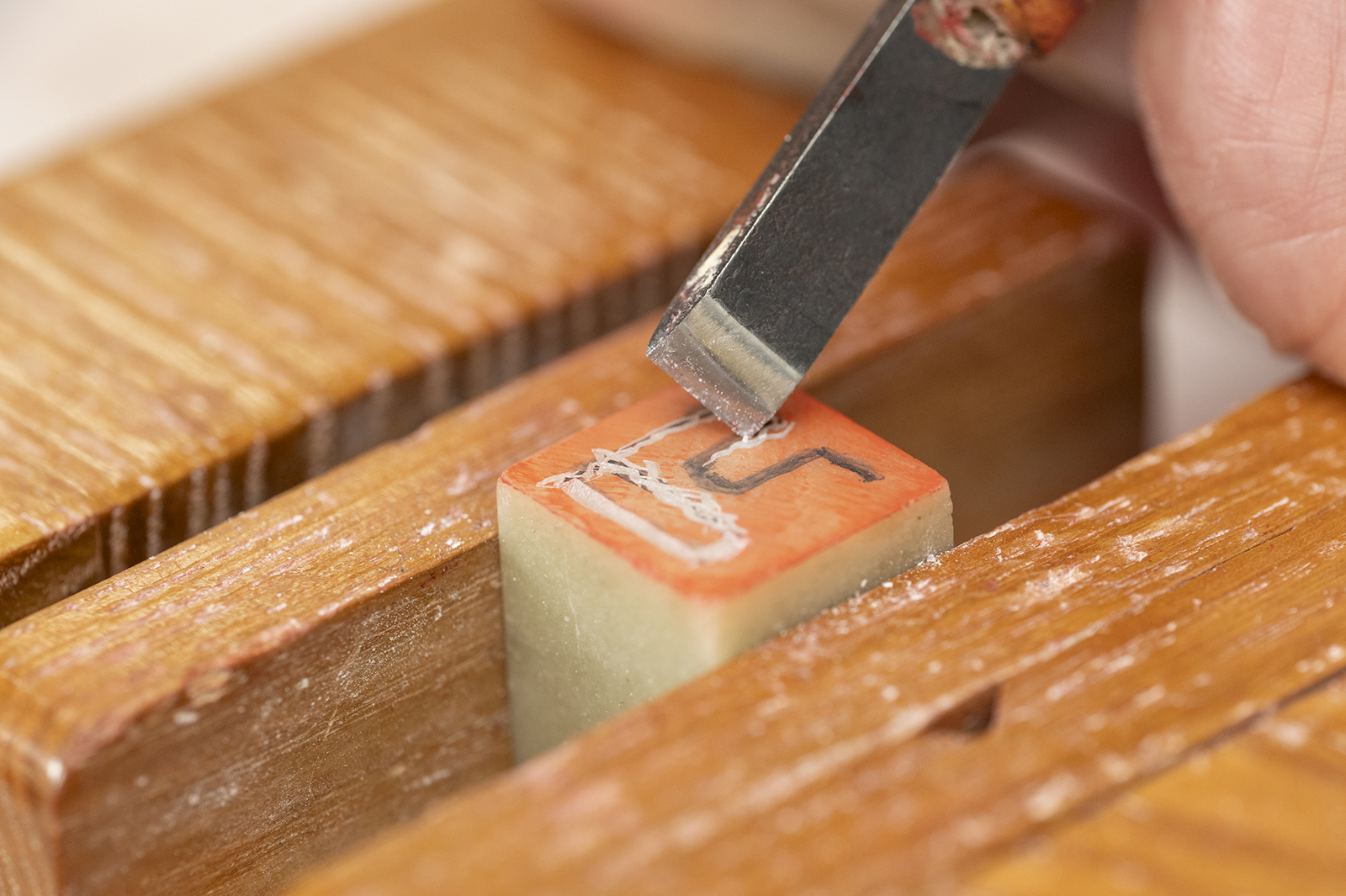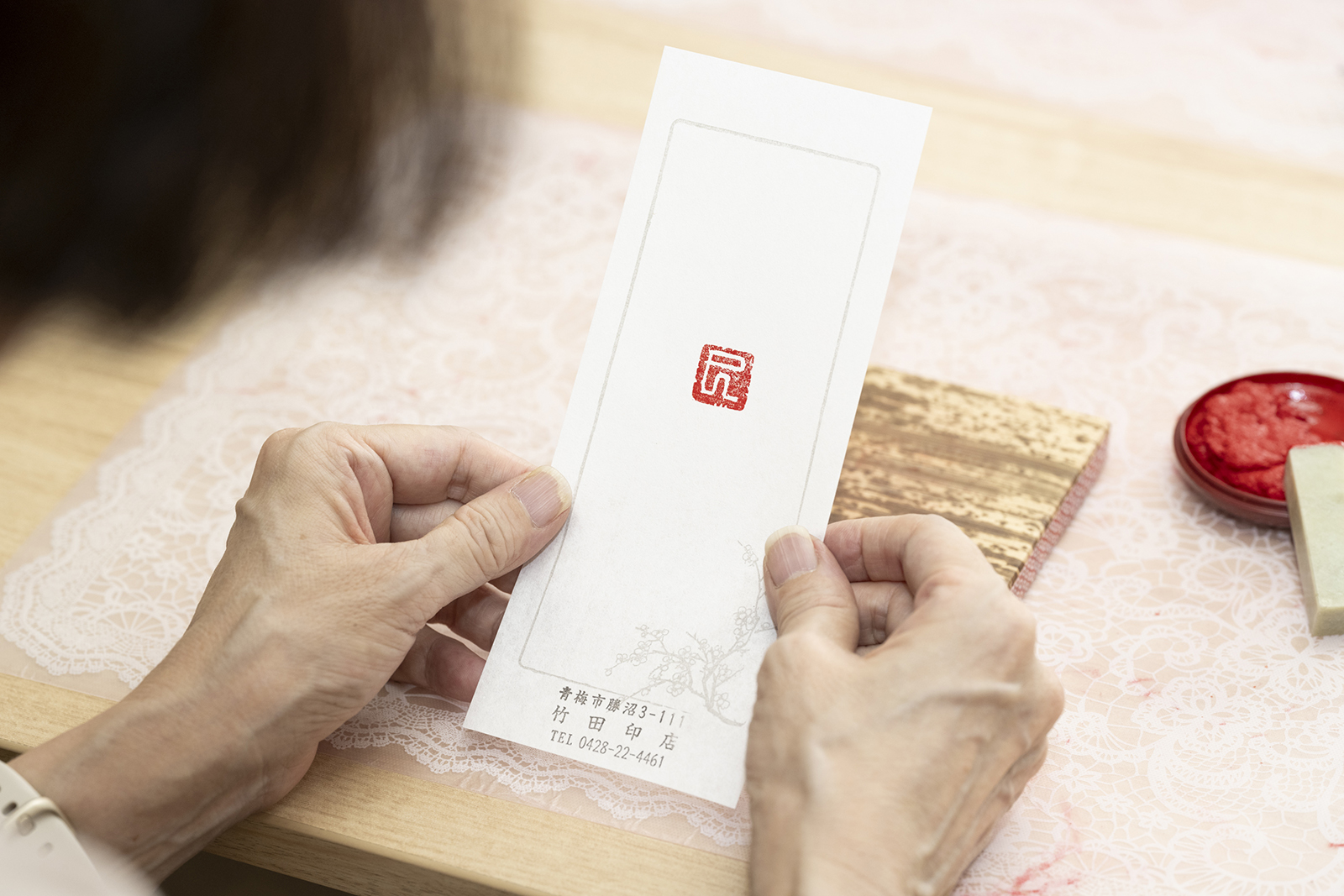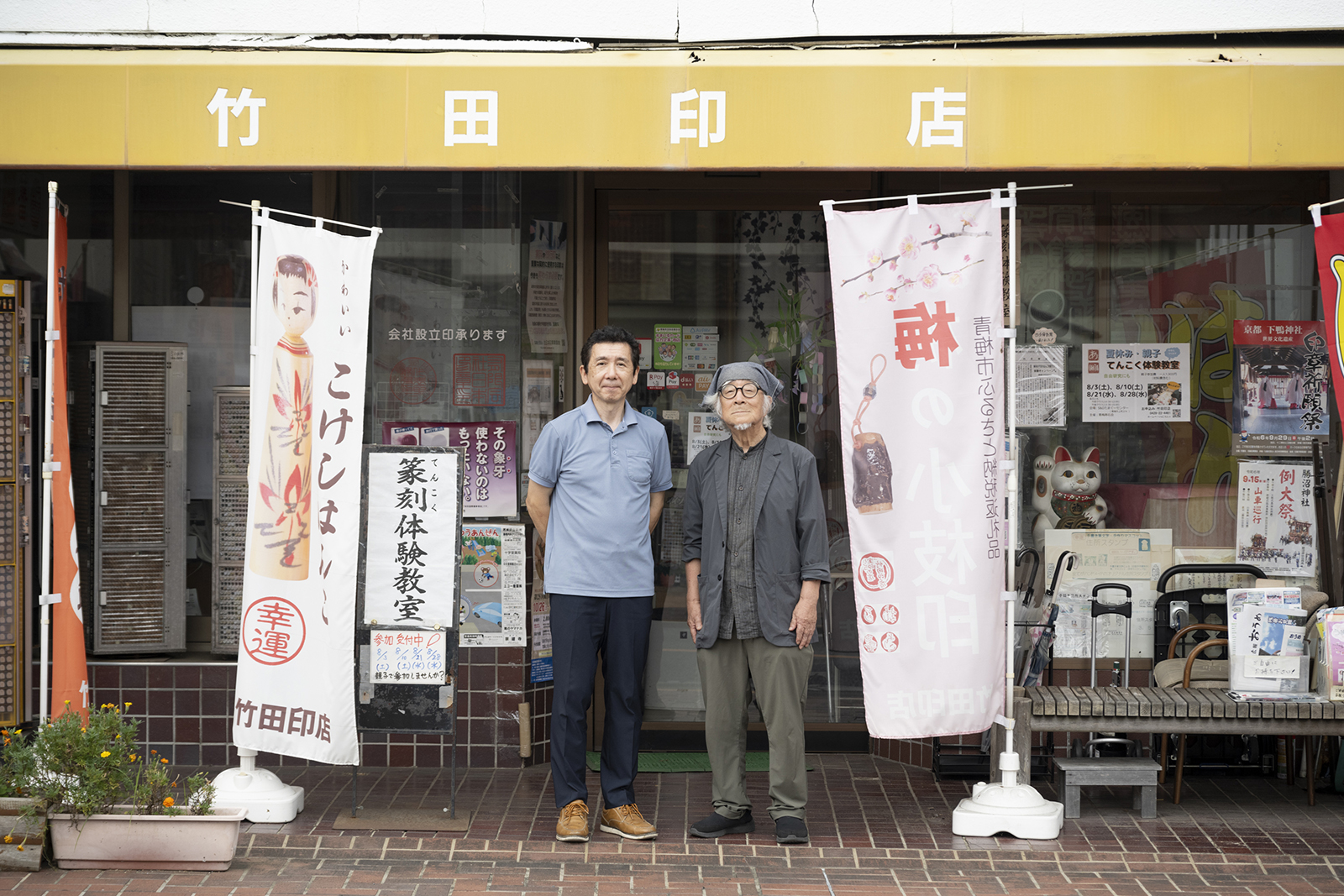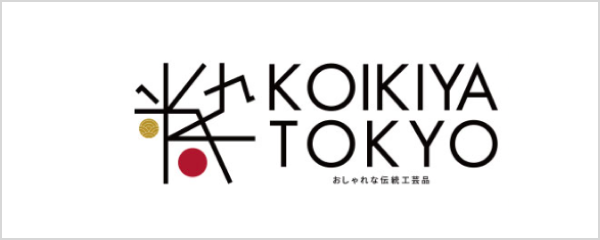Over a long period of history, seals have been used to communicate "intent"
Seals are generally called "hanko" in Japan, and are used in all sorts of different parts of daily life. Characters are engraved in wood and stone, and they are used as items that indicate the existence of a person or a group, such as seals that serve as proof of intent for important contracts or seals that identify the creator of a painting or calligraphy.
The beginnings of seals trace all the way back to the ancient days of the Mesopotamia civilization. Theories place their emergence anywhere from around 4,000 BCE to 6,000 BCE, and they are thought to have been used as tools for certification at that time.
They came into Japan approximately 2,000 years ago.The story of seals in Japan is said to have started with the golden seal presented to the Japanese King of Na by Emperor Guangwu, the leader of China, known as the Han Dynasty at the time. Subsequently, seals spread as personal items owned only by some in the noble class. They went on to birth official seals in the Nara era and the stylized kao (signature seals) in the Heian era. It was 1873 when the current seal system finally started. With a Decree of the Cabinet stating that official documents without an official seal affixed cannot be considered as proof in court, the legal power held by seals became clear as well.
The Takeda Hanko Shop has supported communication in the community
The Takeda Hanko Shop was established in Mitake, Ome City in 1930. More so than now, in those days it held the role of supporting community communication in an era when seals were used in daily life. During the era of its second leader, it opened a branch in Katsunuma, Ome City, which has now become the main shop. Together with honored Yellow Ribbon Ojuhosho Medal winner and First Level Seal Engraving Technician Juseki Mamiya, the third shop leader Hiroshi Abe continues to maintain a seal shop that crafts works from rare gems found west of Hachioji.
A luxurious time spent engraving your unique one-of-a-kind seal
In this activity, you select a single character and engrave it on a seal. After you craft your unique, one-of-a-kind seal, you stamp it onto a picture postcard with a message and send it as a letter from a post office in Ome City.
The activity starts with a lecture about the history of seals. A skilled artisan with extensive experience crafting seals speaks on everything from the establishment to the roles of seals as a culture that has become rare in the world today. Learning about the ancient Japanese culture of seals heightens the excitement for getting an opportunity to dive into your own creation.
The shape you will be engraving in the seal is a single Japanese "kanji" character that you select beforehand. For many participants, this will be the first time seeing the special seal script used for engraving seal characters. Your time spent carving a seal script character used in banknotes and official documents is a special moment that cannot be experienced within the confines of daily life.
The Qingtian Stone used in these seals is stone material from Qingtian County, Zhejiang Provence, China. It has a wax-like quality, and a suppleness that makes it easy even for women and children to engrave on it. Carving with the blade of stylus along a guide drawn out in sumi ink is work that takes concentration. But when you finally press the engraved seal into a red ink pad and see it form a bright red shape on the paper, you will look back on it as time very well spent.
The seal is a reflection of yourself. Put all of your dreams into the feeling of stamping it on paper.
The finished seal is a one-of-a-kind object that reflects yourself in this world. After the activity is over, you will stamp a picture postcard with this seal that has become a very part of you, and put the postcard in a post box to be delivered. You can send your feelings to a special person, or deliver it to your home as a memory to look back on your trip whenever you see it. Our wish is for you to select the option that best honors the kind of trip you enjoyed.
And of course, you will go back home with the seal that you engraved with your own hands. If you post a record of this activity on social media, you will receive a small seal bag to keep your seal in as a present. From time to time, look back on your seal, which is of course a very part of yourself, and cast your memory back to the time you first encountered seals as an ancient Japanese method of expressing intent and responsibility.
Opened in 1930 in Mitake, Ome City. The only Nishitama District seal shop belonging to the All Japan Seal Industry Association, it provides seals needed by a wide array of clients, including everyone from private individuals to companies and governmental administration. Our seals crafted through reliable techniques developed over 95 years of history continue to garner numerous fans. With our recent efforts such as creating the Musashi Mitake Shrine Blessing Seal and Small Plum Branch Seals, as well as holding tenkoku (seal engraving) teaching workshops, we are doing our part to popularize seals as a part of culture.
